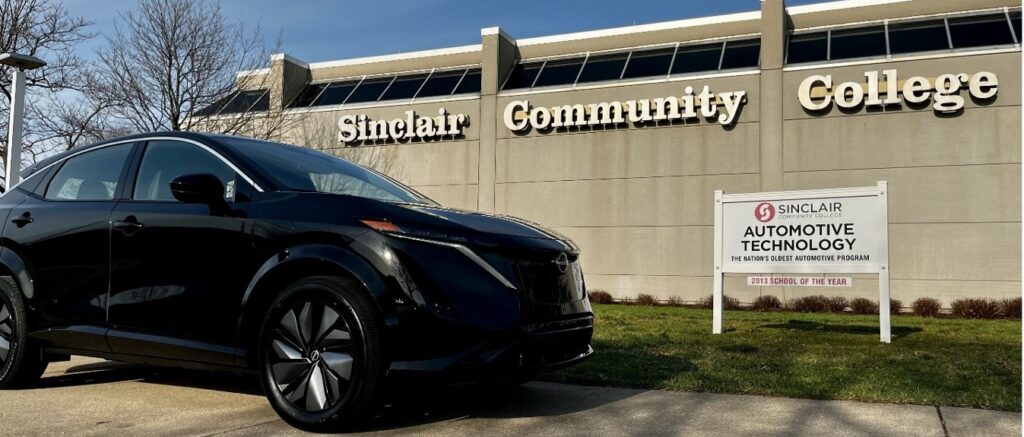Automotive Technician Training for Electric Vehicles
NSF Current Award # 2202076 and previous NSF Award #1700383


Intellectual Merit
Based on the processes developed and lessons learned from the previous NSF ATE projects, the proposed project will increase the electric vehicle technology experience and knowledge of automotive technology educators throughout the country and address the growing need for qualified, knowledgeable technicians with capacity to maintain and repair electric vehicles.
Automotive technicians are in extreme shortage. According to the annual August report from the TechForce Foundation advocacy group, the demand for new vehicle technicians outpaced the supply of new graduates by nearly three to one in 2020. Almost 400,000 additional automotive technicians will be needed through 2024 to meet demands, the report says. In practice, however, an average of only 37,000 students graduate from post-secondary automotive programs annually in recent years (Blyler, 2021). To make matters worse, the automotive industry is rapidly shifting to hybrid and fully electric vehicles, making continual training and upskilling a must.
In order to build, service, and repair electric vehicles, technicians of the future will need a solid foundation in mechanical skills, electrical systems, and electronics (Haberman, 2020). Automotive technicians will not only need to know how to wield wrenches, pliers, ratchets, and sockets, but also how to follow complex diagnostic charts on a laptop to find and fix problems in EV systems (Popley, 2021). Repair technicians need to know the purpose and location of all the electrical components in the vehicle. These include the inverter, high-voltage battery, service-disconnect system, and electric air conditioning system. They also need to know about the wiring systems that connect the various systems. In addition, while working on an electric or hybrid vehicle, technicians require specific training to avoid getting shocked by the electrical system. To demonstrate the increased electrification present in EVs, the first Toyota Prius electric-drive system operated at around 200 volts; vehicles are now operating at 400 or 600 volts, with new vehicles under development reaching up to 1,000 volts (Williamson, 2020). Safety training includes understanding how hybrid and electric car components work and hands-on training on how to remove high-voltage parts from the vehicle. Today, many auto repair shops either have little to no experience working on hybrids or the newer electric models; as a result, many technicians believe it is unsafe to work on them (Fix Auto USA, 2019).
To address projected workforce shortages and skills gaps, the project team has developed an evidence-based suite of activities that will benefit faculty and student populations in both postsecondary and high school settings. The PIs, in collaboration with OEMs and subject matter experts, will develop a certificate program in hybrid and electric vehicle technology leading to an associate degree in automotive technology. Building curriculum in partnership with industry is an effective strategy to ensure that relevant information is included and that information gaps are identified and addressed (Liao, 2020). Further, the project team will develop and deliver 26 hours of professional development during Summer Institutes to 120 postsecondary faculty who teach in automotive programs around the country. This “train the trainer” model, which utilizes face-to-face training and hands-on demonstrations, has been shown to result in higher student learning gains (Popova, 2018). The PIs will round out postsecondary programming by developing a series of instructional videos for dissemination to faculty participants and other automotive faculty wishing to incorporate EV lesson plans into to their academic programming. Creating videos, rather than static content, was an intentional choice. Instructional videos are a powerful medium and effective training tool, particularly when they reinforce in-person training (Semich and Cooper, 2018).
The proposed project also will provide professional development to high school teachers and introduce automotive technology careers to secondary school students. This activity aligns with research revealing that youth develop career interests based on early perceptions and choices (Shoffner, 2015). Evaluation activities will document the impact of the Summer Institutes, instructional videos, and high school career exploration activities on participants.